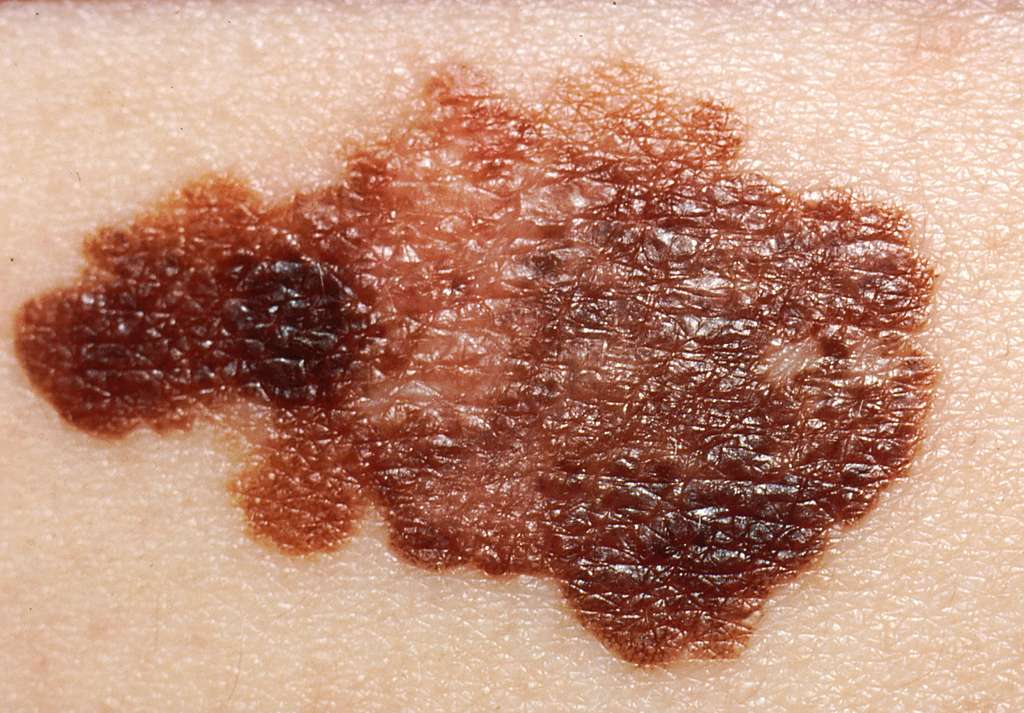Skin cancer is a very common type of cancer around the world. It happens because of a mix of things in the environment and genes you inherit from your family. Scientists study these genes to find better ways to stop and treat this disease. Knowing if you have a higher genetic risk can help catch it early and improve care.
Your genes affect how your skin reacts to sunlight. People who have fair skin, freckles, or light-colored hair usually have less natural protection against UV rays. Certain changes in genes can raise the chance of developing skin cancer. A family history of this cancer often means that risks are passed down from parents to their children.
Genes and Skin Cancer Development
Sun exposure is the main cause of most cases because it damages the DNA in skin cells. How well your body fixes this damage depends partly on your genes. Some genes, like CDKN2A, MC1R, and BAP1, are linked to a higher risk of melanoma. These genes influence how cells grow and how well damage is repaired.
Changes in certain tumor suppressor genes, such as p53, can cause cells to grow uncontrollably. This can make the disease develop more quickly and become more dangerous. Your genes also affect how well your immune system can find and destroy abnormal cells.
The Role of Genetic Testing
Genetic testing can help people who have a strong family history or early signs of skin cancer. It reveals if they carry gene changes that increase their risk. A genetic counselor explains these results and what they mean for your health. With this information, doctors can suggest more frequent skin checks and early treatments if needed. This helps catch skin cancer early and improves chances of successful treatment.
Simple Ways to Protect Your Skin
No matter your genetics, you can take steps to reduce the risk of this cancer. Applying sunscreen every day with at least SPF 30 and broad-spectrum protection shields your skin from harmful UV rays. It’s also necessary to avoid tanning beds, which significantly increase the risk of skin damage and cancer. Limiting sun exposure between 10 a.m. and 4 p.m., when the sun is strongest, further helps protect your skin.
Wearing protective clothing such as hats, long sleeves, and sunglasses adds another layer of defense against sun damage. Regularly checking your skin for any new or changing moles or spots can catch early signs. Scheduling an annual visit with a dermatologist ensures any suspicious changes are examined promptly. Early detection is key to effective treatment and maintaining healthy skin.
Take Control of Your Skin Health Today
Scientists keep uncovering how genes affect this disease’s development. This research is paving the way for treatments targeting those gene changes. Such therapies offer hope with more effective and personalized care. Staying informed about your genetic risk empowers you to make smart health decisions.
If you’re concerned, consult a doctor about genetic testing options. Early prevention and monitoring can greatly reduce your risk. Taking steps now improves your chances for a healthier future.









Leave a Reply